The Top 10 Things to Do in Siena, Italy
9 min readSituated within the heart of Tuscany, Siena is a city that seems to have leaped straight out of a medieval painting. Its winding streets, steeped in history, and the warm, terracotta hues of its buildings are enough to make anyone fall in love at first sight.
Every time I visit Siena, it’s a joy. It has this feeling every time after you leave, thinking I should have stayed here longer. I had the joy of visiting several times, both during a weeklong trip touring Tuscany and also during a day trip from Florence.
Below, you’ll find several of my images and videography from my time spent here that have been posted on the ViaTravelers YouTube channel. I’ve learned a lot from this beautiful city, and I’m excited to share my perspective on what Siena has to offer.
What We Cover
History of Siena
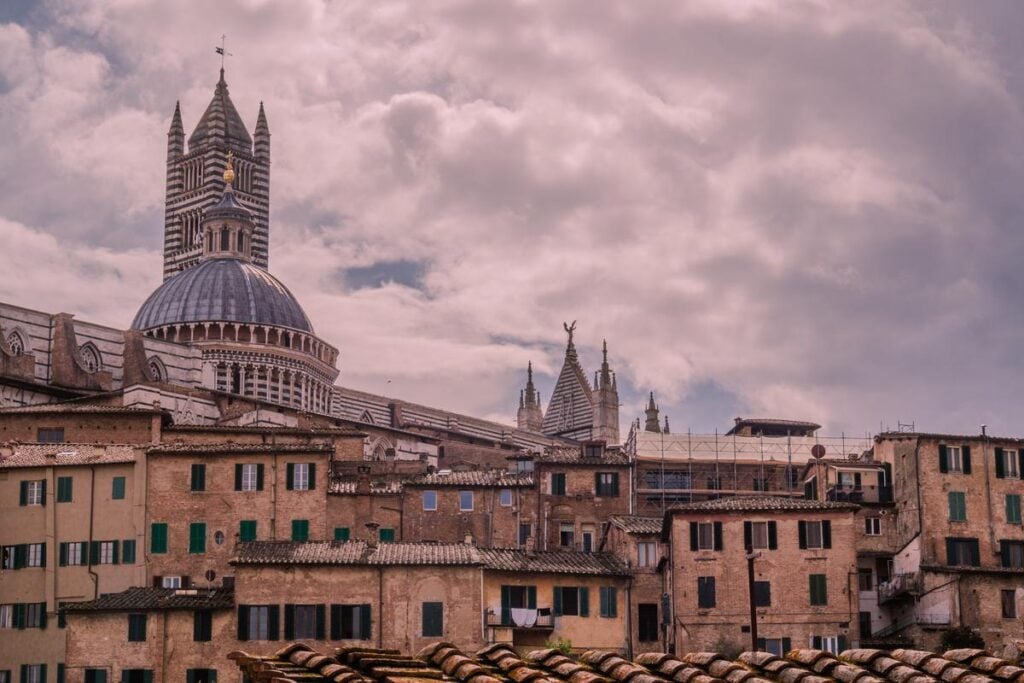

The legend of Siena’s foundation is tied to the famous story of Rome’s founding, which is the story of Romulus and Remus. According to the tale, Remus’ younger nephews, Senio and Ascio, fled Rome after Romulus killed Remus and arrived in the area of Alzavalli.
Senio would go on to found the city of Siena, where Etruscan remains were discovered during archaeological excavations, indicating that Siena was established before the Romans.
Unusually for an ancient city, Siena is not situated along a river. Instead, its water supply originates from the Chianti area and flows into the city’s main fountain, Fontegaia, located in Piazza del Campo, the main square of Siena’s historic center. The famous sculptor Pisano and his son built Fontegaia during the Middle Ages.
What is Siena Known For?
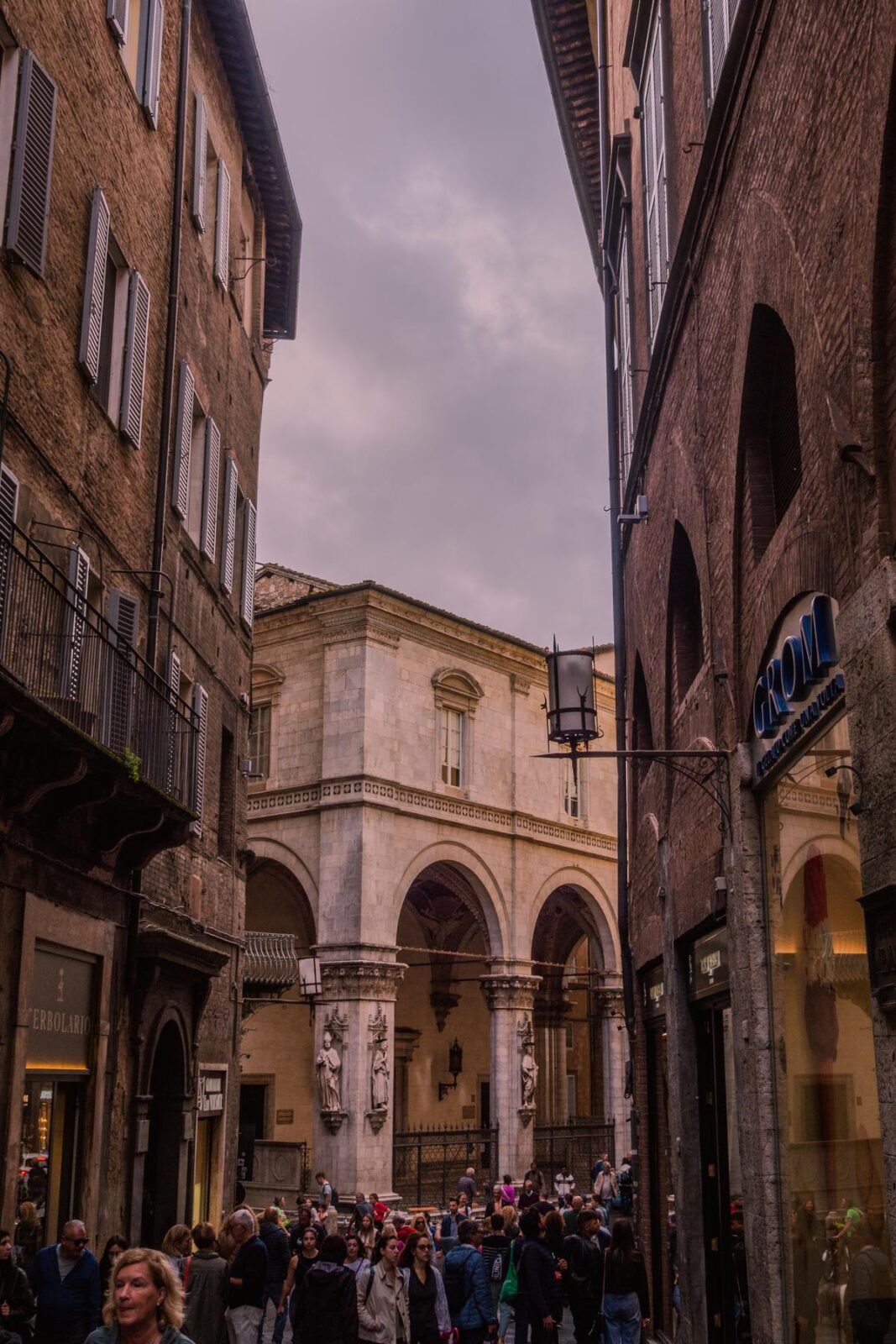

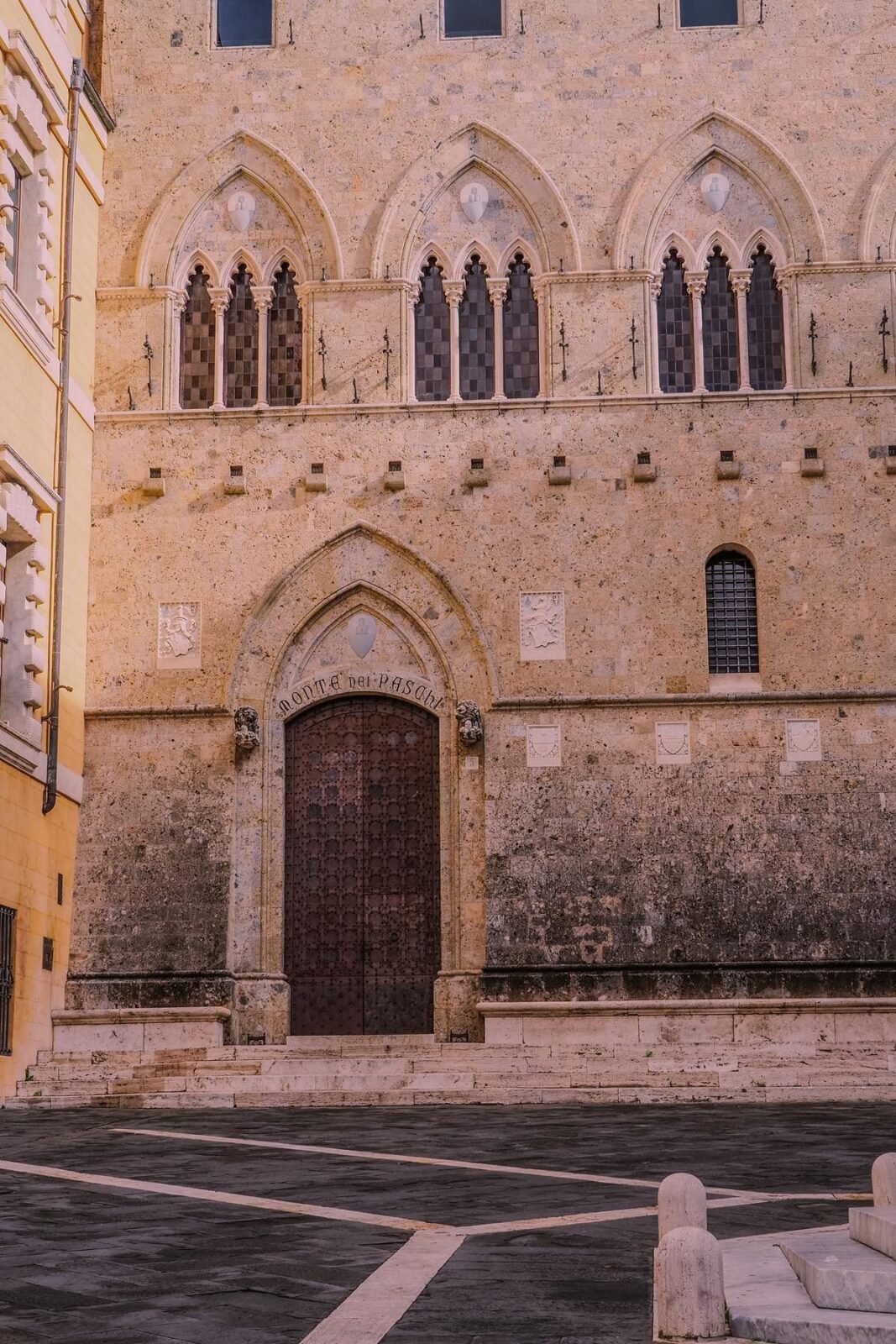

Siena, known as Siena Iulia during Roman times, experienced its golden age in the medieval period, much like the nearby town of San Gimignano. The city flourished due to its location on the pilgrim route, the Via Francigena.
However, the Black Plague struck Siena hard, reducing its population from over 70,000 inhabitants, comparable to Paris and London, to less than 10,000. Despite this devastating blow, Siena managed to maintain its independence for another two centuries until Florence conquered the Sienese land.
Siena is renowned for its medieval art, with Sienese artists, particularly painters, being the most influential in medieval Gothic art. The Sienese school was widely imitated, and the city is also known for inventing the “Terra di Siena” pigment derived from the local soil.
Prominent Sienese artists include Ambrogio Lorenzetti, Simone Martini, and Duccio di Buoninsegna, among the most important in Italy and the world during medieval and Renaissance times. Even Raphael, Michelangelo, and Donatello spent time in Siena.
The city’s medieval soul is palpable in its main square, Piazza del Campo, which boasts an unusual shell shape divided into nine lines, symbolizing the nine people who governed the city during the Middle Ages. The Town Hall in the main square epitomizes medieval Gothic art for a public building.
Twice a year, on July 12th and August 16th, the famous Palio di Siena horse race takes place in the square, with horses representing the city’s 17 historical neighborhoods racing around the ring while spectators watch from the center. Walking through Siena’s streets, one feels transported back to the Middle Ages, much like in the nearby town of San Gimignano.
1. Relax at the Piazza del Campo & Palazzo Pubblico
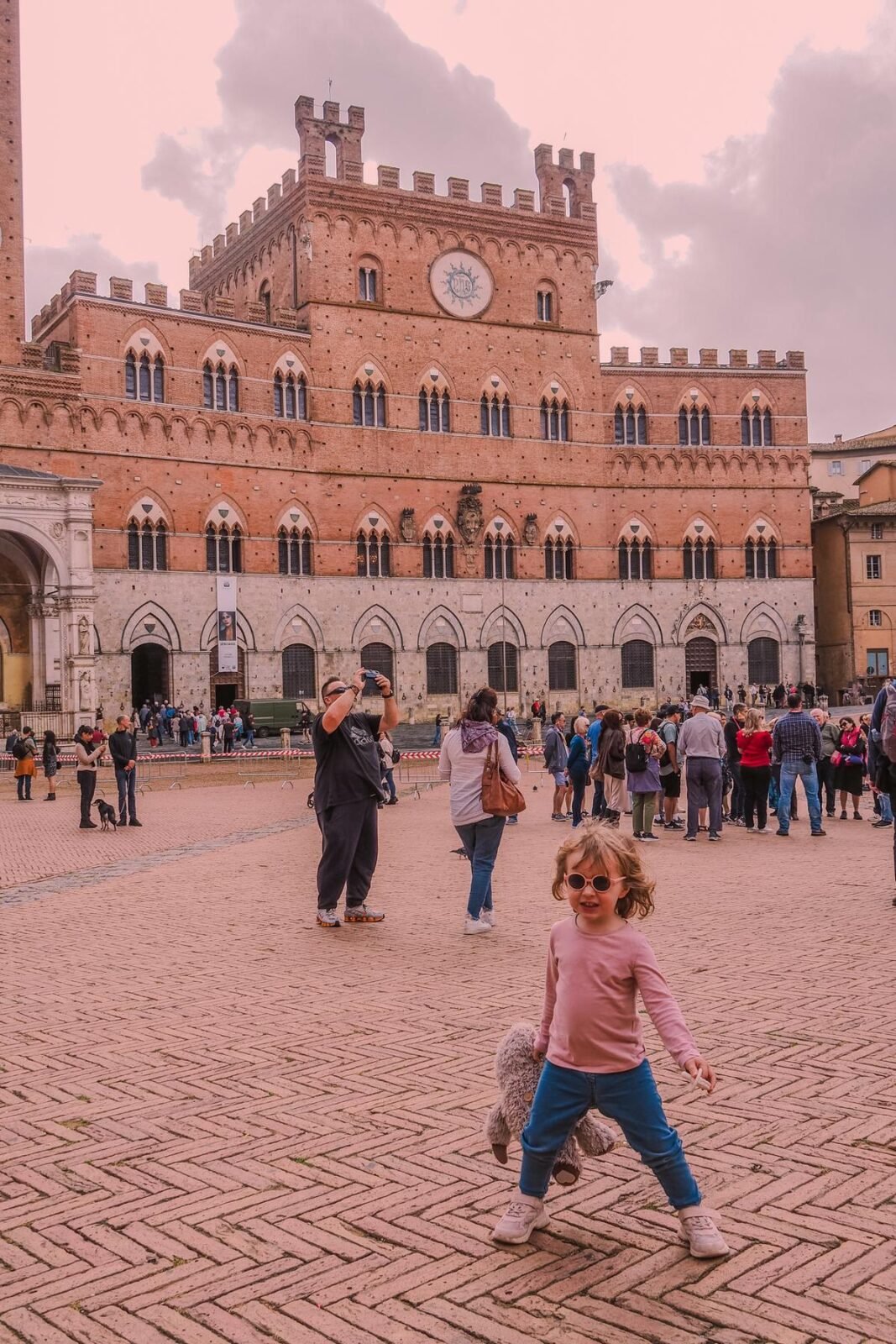

If there’s one thing you may have heard or seen referenced about Siena, it may be the exhilarating Palio di Siena horse race, held twice a year in the Piazza del Campo, right in the heart of Siena. This is one of the world’s oldest and most famous horse races, and certainly the most famous one in the middle of a city! It’s a crazy chaotic explosion of color and horse flesh and as visually stunning as the square it’s held in.
The Piazza del Campo is a treasure trove of history and architectural grandeur. Surrounded by medieval buildings, the fan-shaped plaza opens like a stage set for the square’s most regal players.
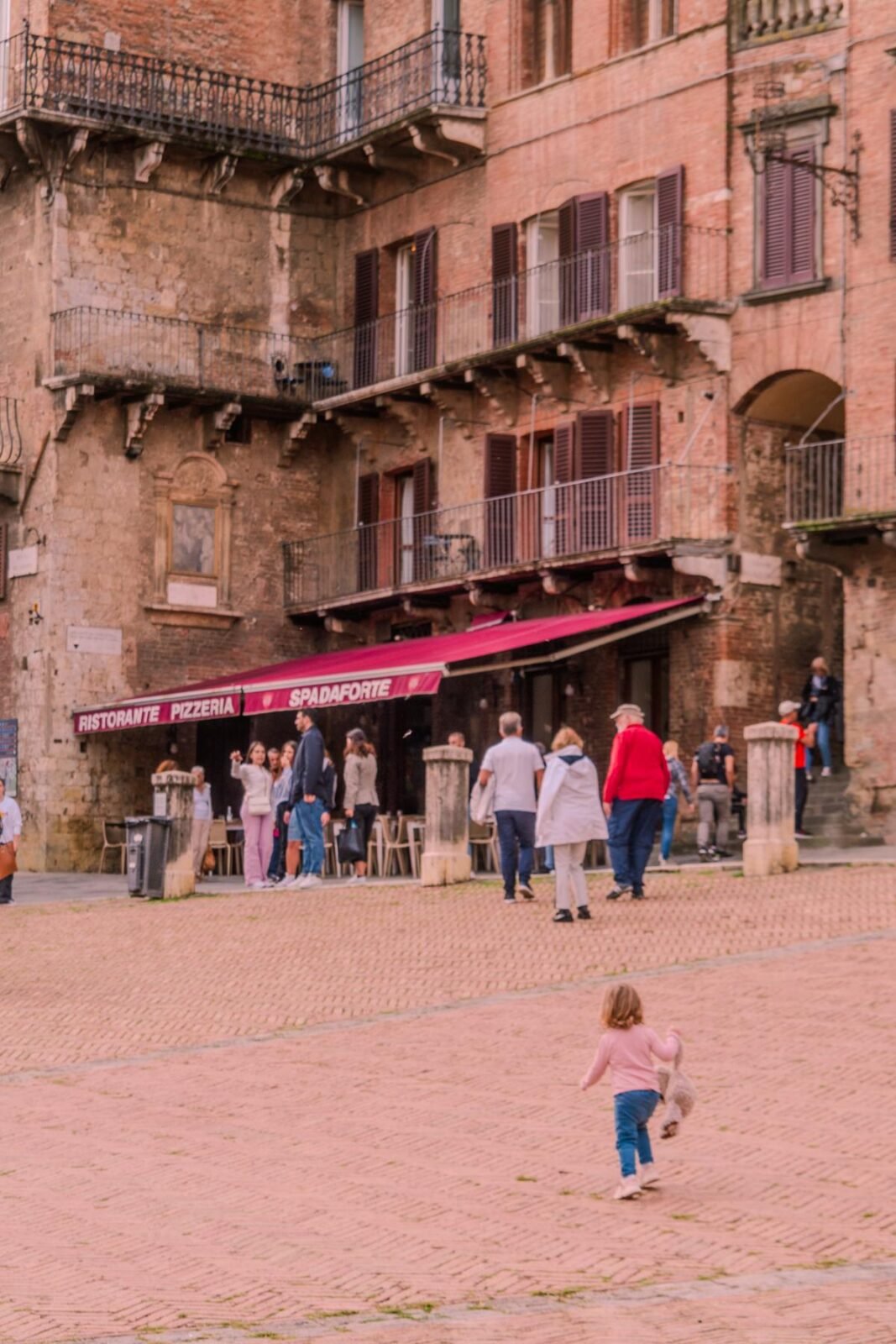

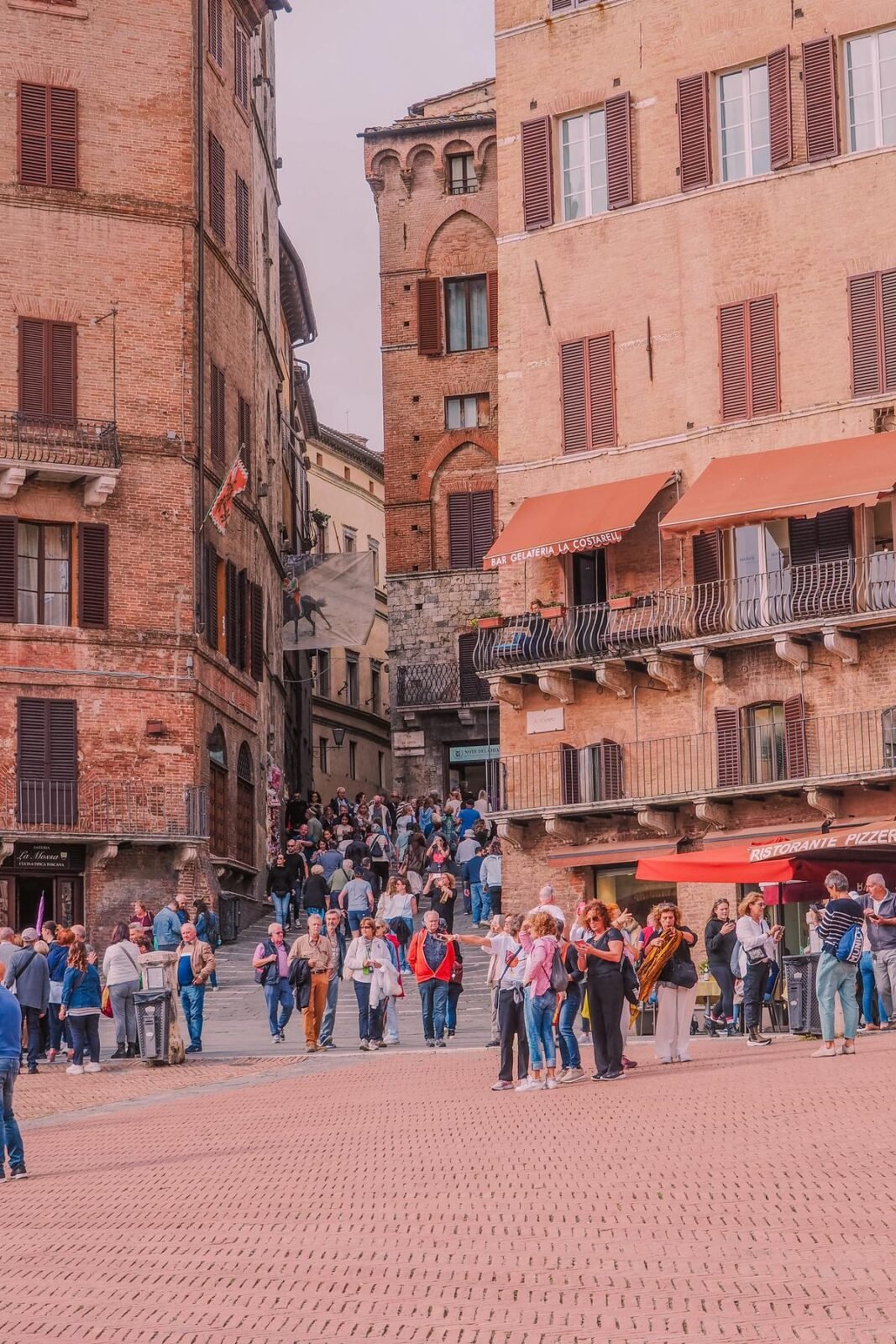

At the forefront stands the imposing Palazzo Pubblico, or Old Town Hall. This medieval Gothic masterpiece hosts the Civic Museum, where vivid frescoes by celebrated artists such as Simone Martini and Ambrogio Lorenzetti depict allegorical and secular narratives about the pros and cons of government.
You’ll also want to check out the square’s medieval Fonte Gaia (or Joyous Fountain), a permanent fixture since 1419 and once part of the city’s water flow infrastructure. I wouldn’t recommend grabbing a bev from this watering hole, which is fine since you can check out one of the square’s bars, restaurants, cafes, or trattoria’s if you need refreshment.
2. Climb to the Top of the Torre del Mangia
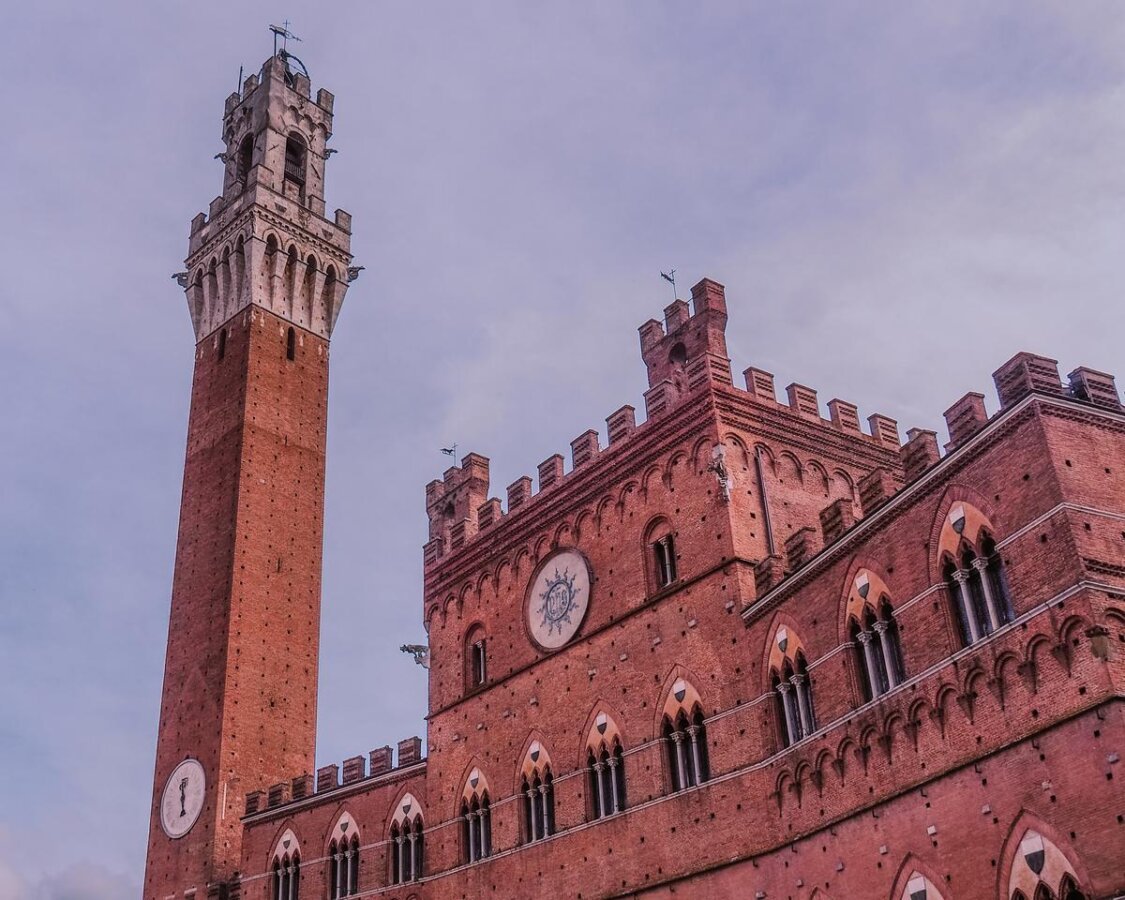

An iconic sentinel towering over the Piazza del Campo, the Torre del Mangia doesn’t enjoy the same rep as other, lesser towers in Italy (looking at you, Pisa). But it’s nothing short of majestic. Technically part of the Palazzo Publico, the roots of this striking Gothic tower run as deep as Siena’s famous cathedral (which I’ll get to in a bit).
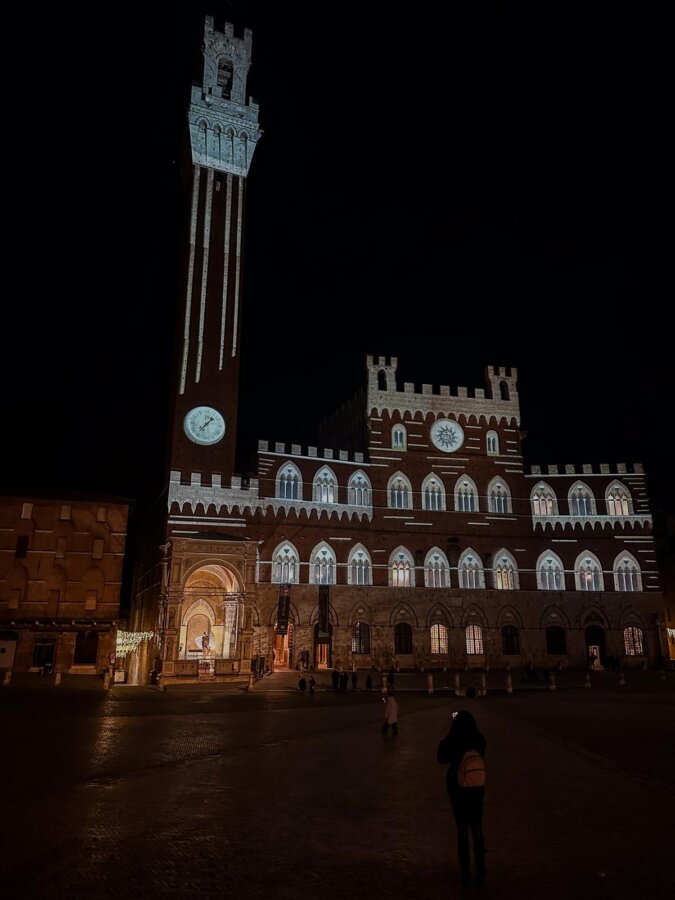

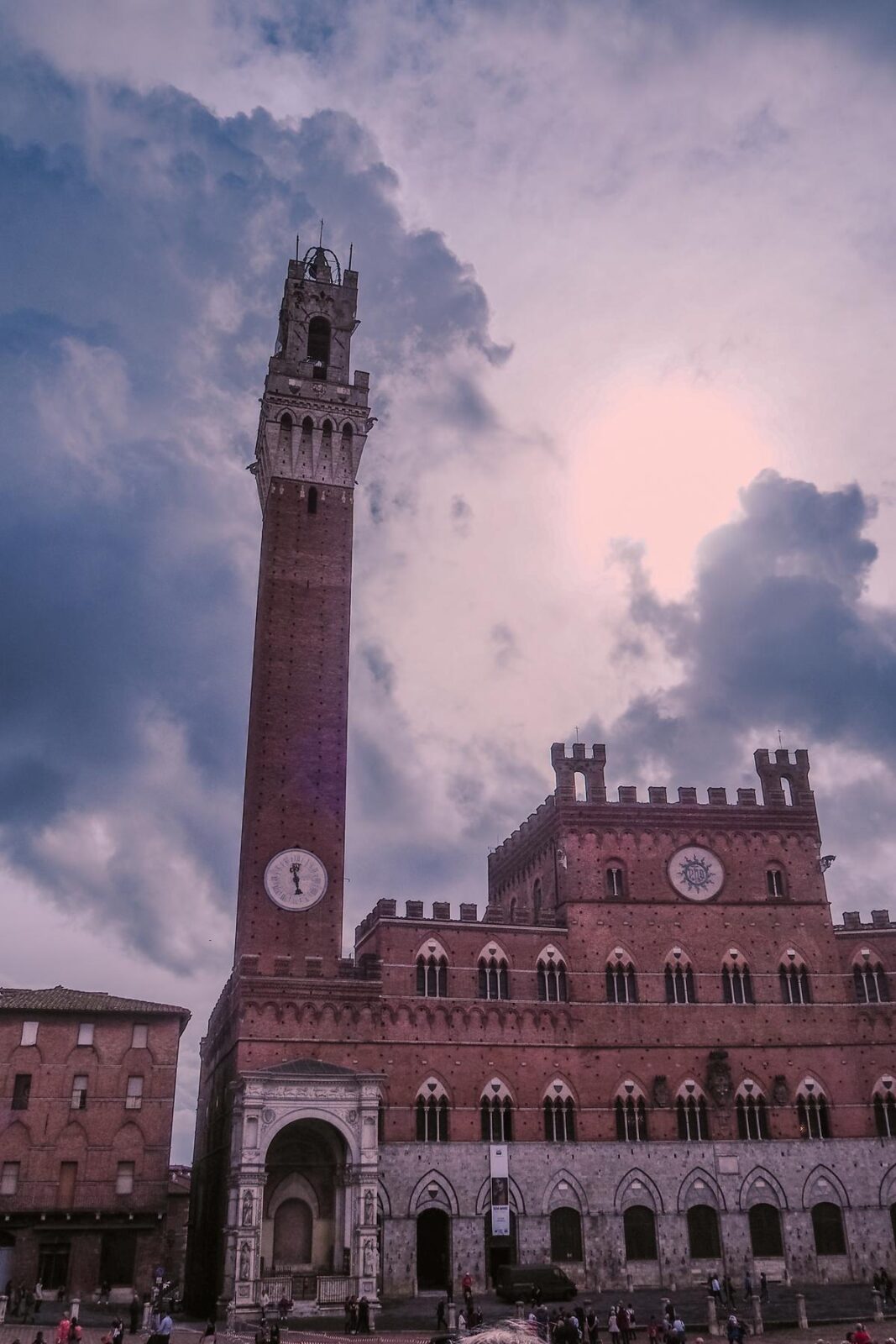

Completed around 1350 along with the cathedral, it was designed to be the same height as the cathedral to symbolize the equal importance of church and state. And at 102 meters, it is pretty high up, which means it’s also one of the best places in town to get some pictures of the city if you climb to the top.
But if you climb to the top to get pictures, you won’t see the tower, so there’s that. You’ll figure it out.
See Related: Most Romantic Places in Europe to Visit
3. Check out the Facciatone
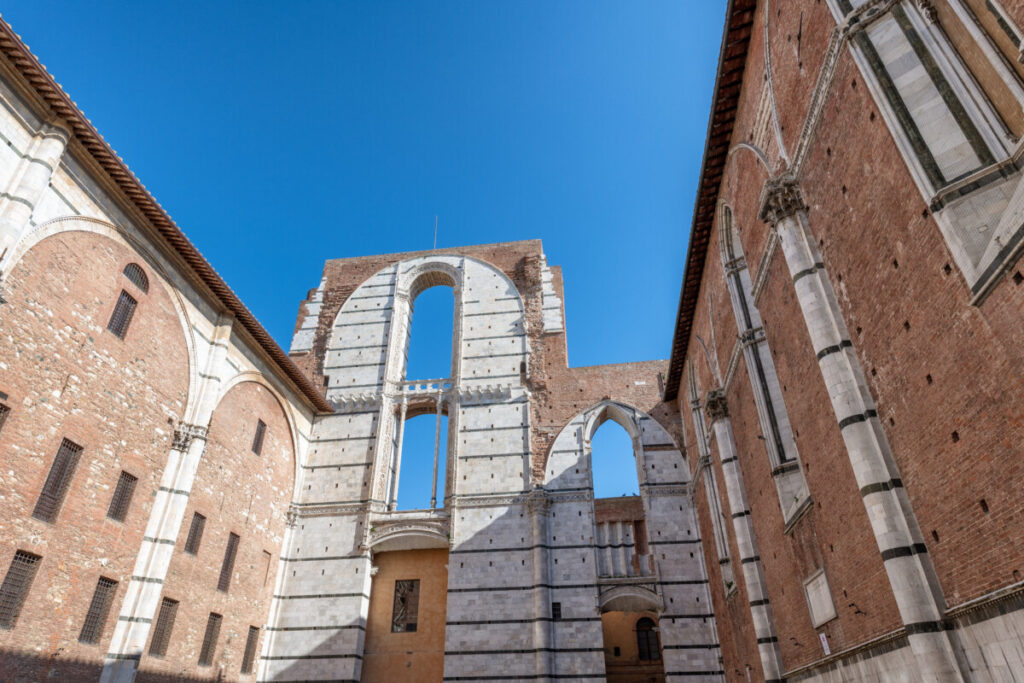

Before we get to the cathedral proper, let’s look at the Facciatone (or Facade) of Siena. Perched atop the Cathedral Museum, aka the Opera and Museum complex (up next), the Facciatone offers more great views of Siena. See? I told you you’d figure it out!
Formerly a proposed and uncompleted extension to the Cathedral, this panoramic viewpoint is accessible for ticket holders. It is an architectural marvel in that you’ll want to take photos from the ground up. Alright, let’s check out the museum.
4. Visit the Opera delle Metropolitana
If you’ve got tickets for the Facciatone, odds are it also grants access to the Opera della Metropolitana. The Opera Museum is one of the oldest art museums in the country and is home to a number of historic works of art, some from the Middle Ages.
Three floors are crammed with art and artifacts, and there are also a number of relics from the Cathedral housed here, including sculptures and the only Maestà altarpiece. Definitely don’t miss Duccio di Buoninsegna’s famed stained glass window that bathes the room in a colorful light. But enough stalling, let’s take a peek at that world-famous cathedral…
5. Tour the Duomo di Siena: The Most Beautiful and Spectacular Thing to Do in Siena
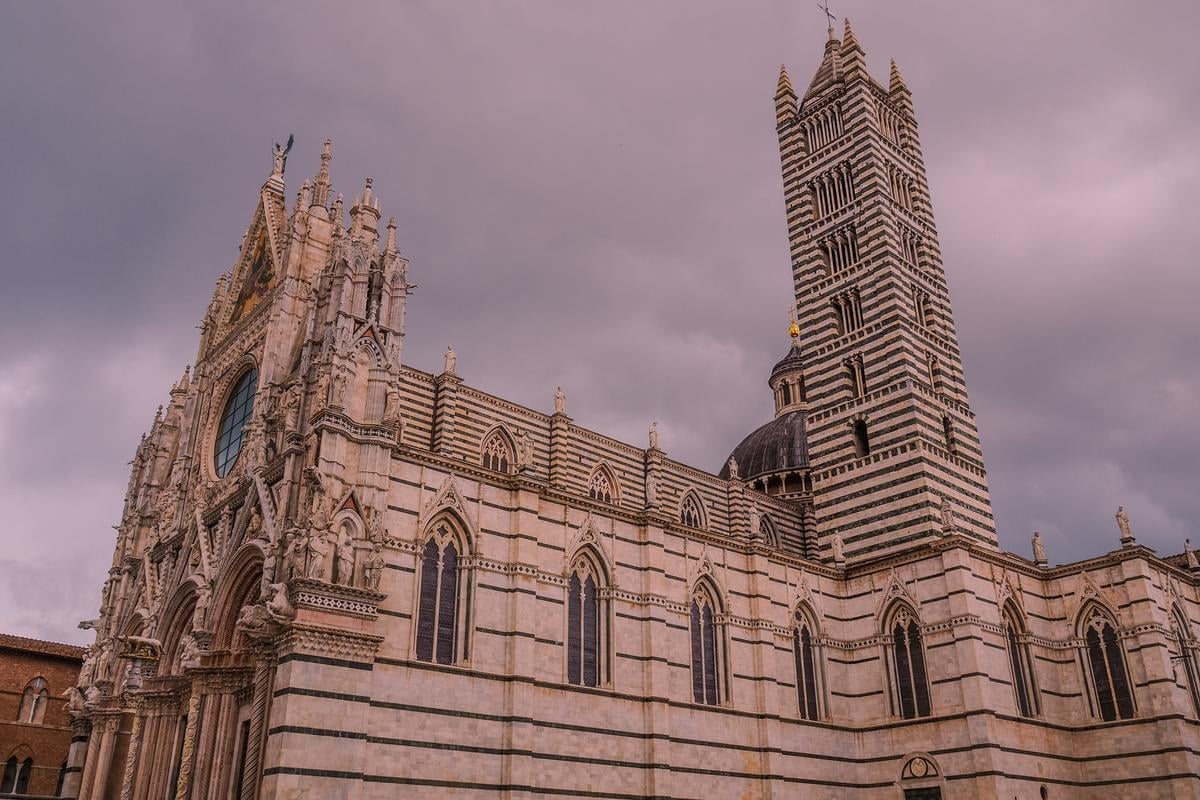

One of the key features of Siena’s skyline, the Duomo di Siena (or Siena Cathedral), is a testament to divine craftsmanship. Completed around 1350, it’s one of those historic sites that’s so intricately detailed and complex that idiots will claim that no human at the time could have conceived such a building, let alone build it, so aliens must have done it.
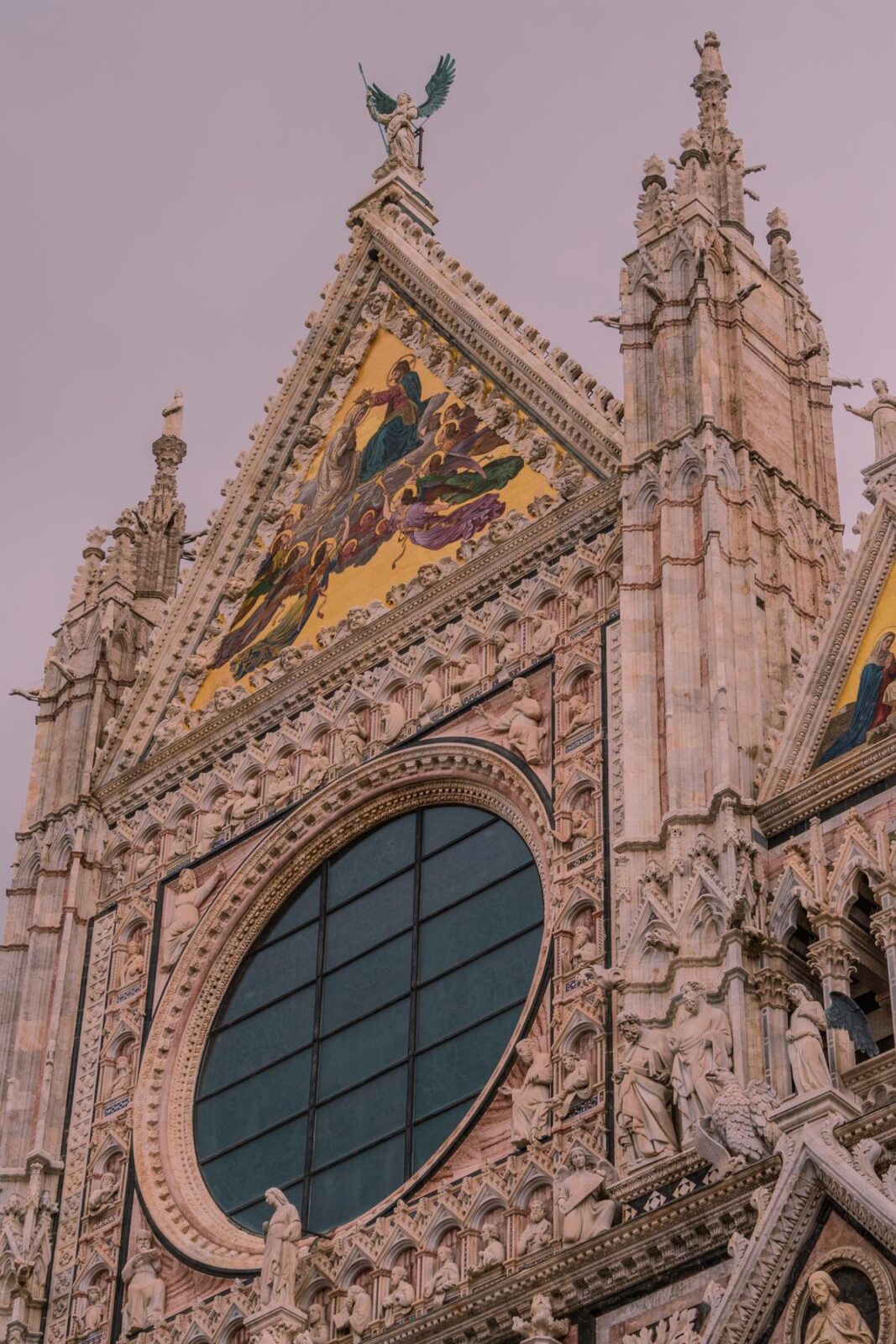

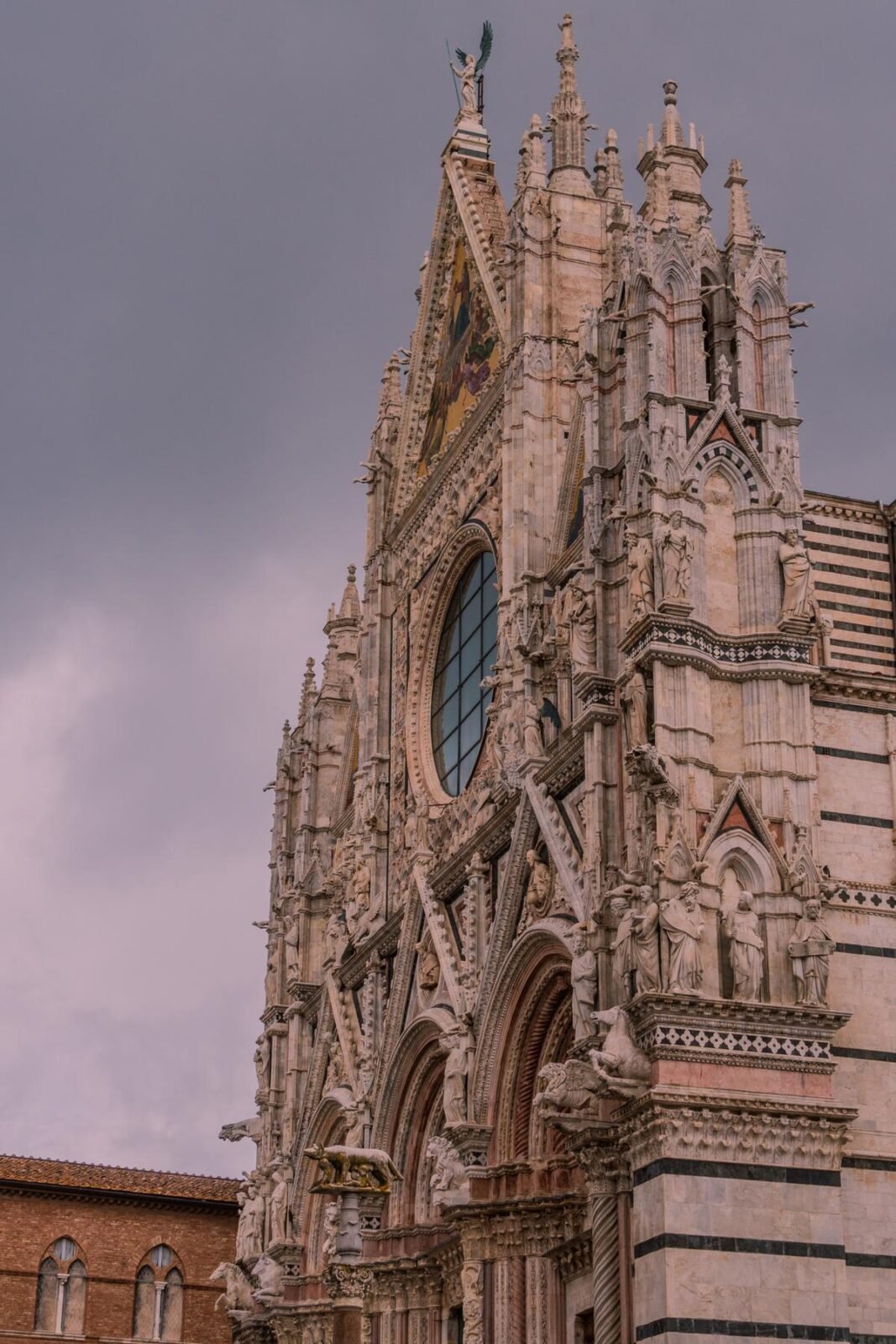

I get this because it’s easy to be blown away by the striking façade, inlaid with mosaics and ringed by statues of prophets and philosophers, not to mention its opulent interior, exquisite marble floors, intricately designed with complex mazes, and the vibrantly painted frescoes that stretch across the cathedral’s vaulted ceilings. It’s breathtaking.
Each nook within this beautiful cathedral is home to a masterpiece, from Nicola Pisano’s sculpted pulpit to the many stunning frescoes shimmering with gold leaf. And looking up as you stand beneath the ornate dome, the sheer level of artistry involved is out of this world.
6. Visit the Piccolomini Library
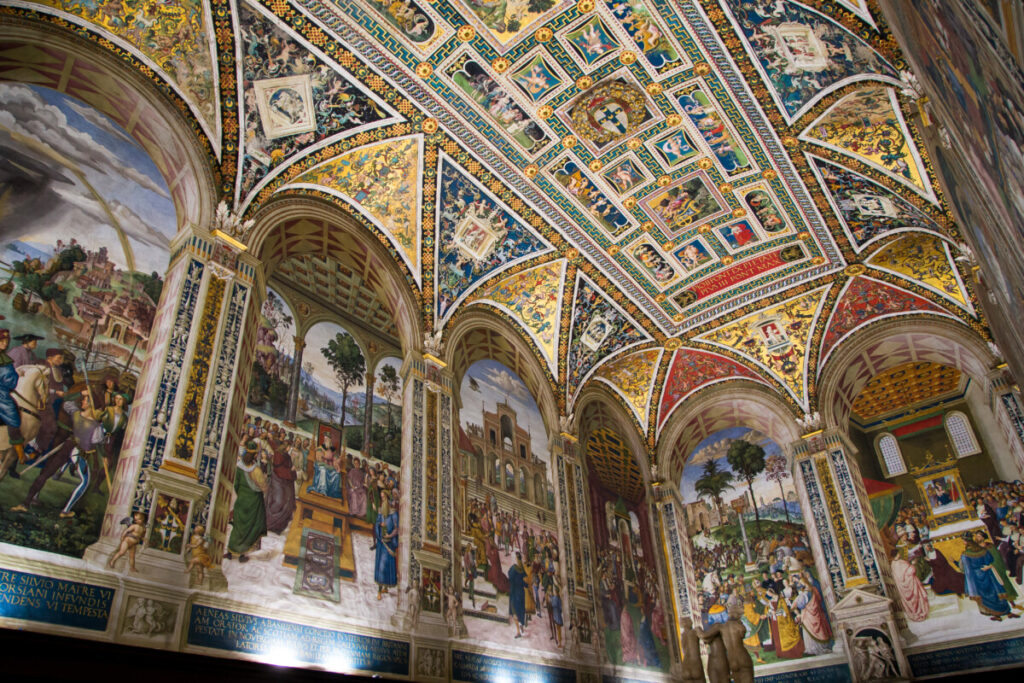

Bonus round! While visiting the Duomo complex, don’t miss the Piccolomini Library, which is so staggering in its grandeur that it deserves its entry. Meticulously preserved over centuries, this Renaissance gem houses an illustrious collection of illuminated choir manuscripts. But that’s not the main draw.
Look around, and with light pouring in through the stained glass windows, the air seems to shimmer with the vibrancy of the frescoes that climb the walls and ceilings. The details depicted in these vivid biblical scenes and images notably frame the life of Enea Silvio Piccolomini, who later became Pope Pius II, hence the name. It’s a borderline transcendent collision of history and art that will leave you with a sense of awe that will linger for a lifetime.
7. Visit the Basilica Cateriniana San Domenico
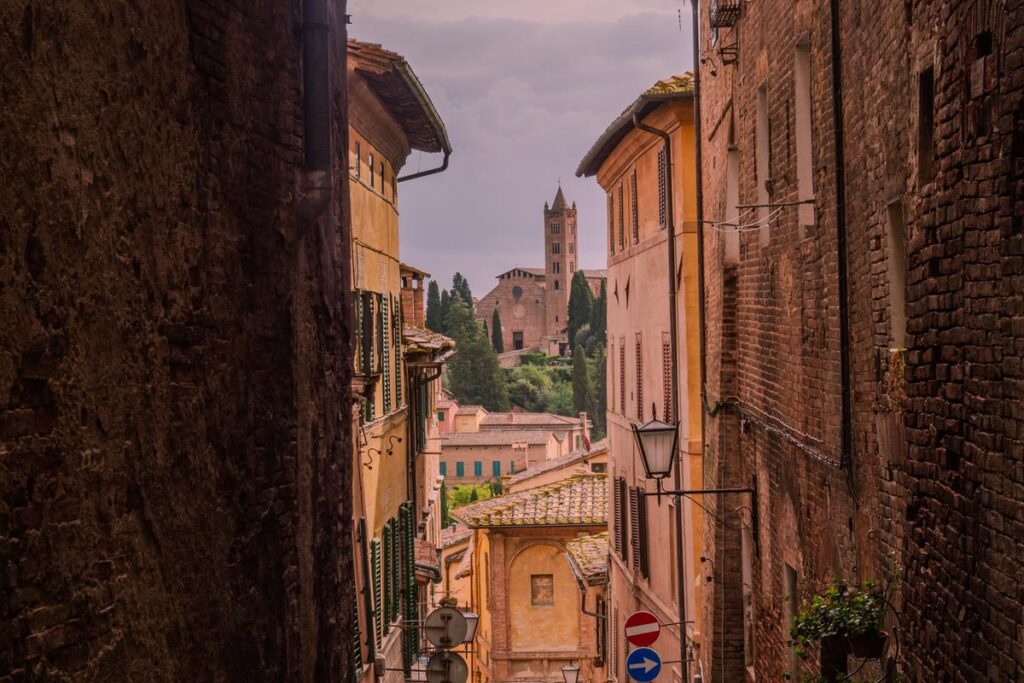

The Basilica Cateriniana San Domenico is another church that is well worth your time. It’s a slightly ominous piece of architecture but a top destination for those passionate about history. Whereas the Duomo di Siena is one of the first and last words regarding gaudiness, the mighty Basilica of San Domenico is almost at the other end of the spectrum, and comparing the stark juxtaposition of the two is fascinating.
Still, there are quite a few exquisite paintings and charming frescos to admire, particularly in the nave and the Chapel of Saint Catherine. This chapel is still a pilgrimage site. Housing preserved relics of Saint Catherine herself, who used to attend mass services here.
8. Learn the History of Siena at the Fortezza Medicea
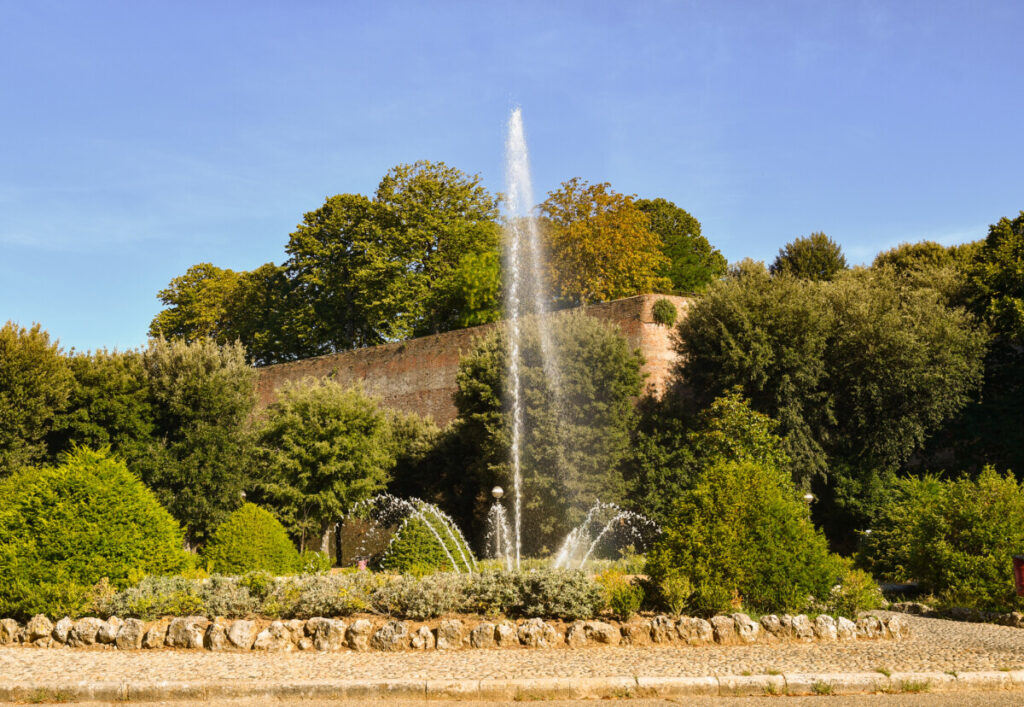

Another top stop for history buffs is the Fortezza Medicea or Medici Fortress, the Fort of Saint Barbara. Built following a tumultuous time for the people of Siena between 1561 and 1563, this robust fort casts a stark contrast to much of Siena’s architecture, which makes it all the more striking.
Today, it’s a lovely part of the city’s public park system and very popular with locals out for a jog, bike ride, or walkies with the dogs. You’ll find carefully manicured gardens and a few spots to grab a drink.
The fort is also used for events and concerts. It’s also worth noting the views atop the battlements are a photographer’s dream, offering sprawling vistas of the city and the Tuscan countryside.
See Related: Most Beautiful Towns in Europe to Visit
9. Wander the National Art Gallery of Siena
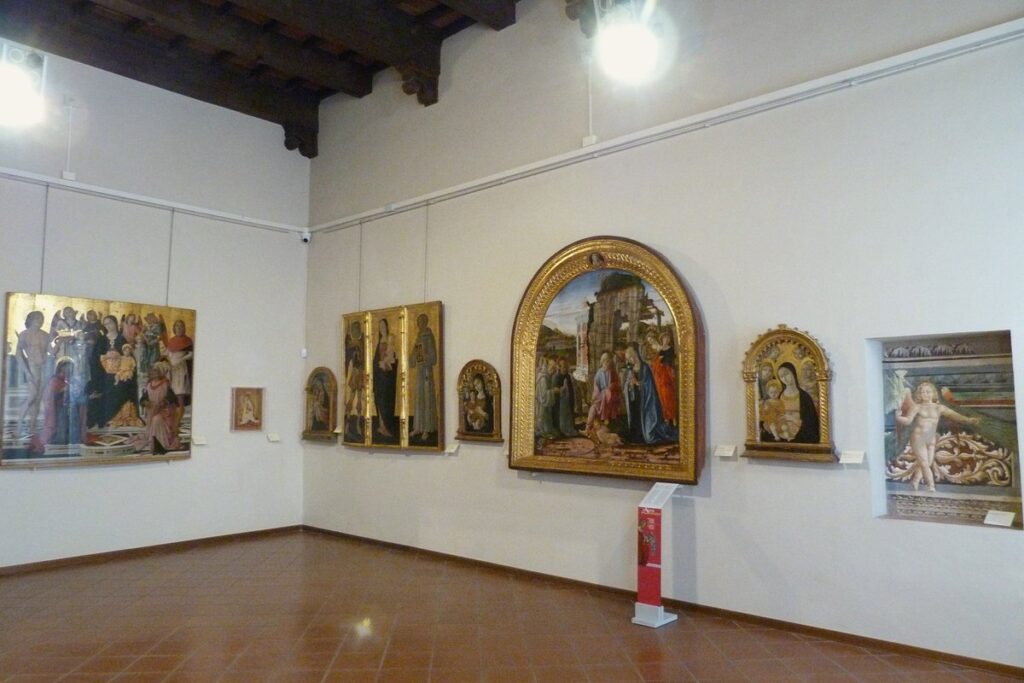

The National Art Gallery of Siena is housed in the historic city center’s majestic Brigidi and Buonsignori palaces. It’s a unique sanctuary of Italian Medieval and Renaissance works of art, including one of the world’s largest collections of Sienese paintings – go figure.
Art lovers will relish exploring the glory days of Tuscan painting, with the museum’s catalog boasting revered works from the 12th to the 17th century, with masterpieces by Duccio, Sano di Pietro, and the Lorenzetti brothers. Overall, this is an essential destination for anyone with even a passing interest in art and history, and it gives a surprisingly good background of the city’s history.
Read Also: Best Museums in Europe to Visit
10. Try the Famous Food and Wine
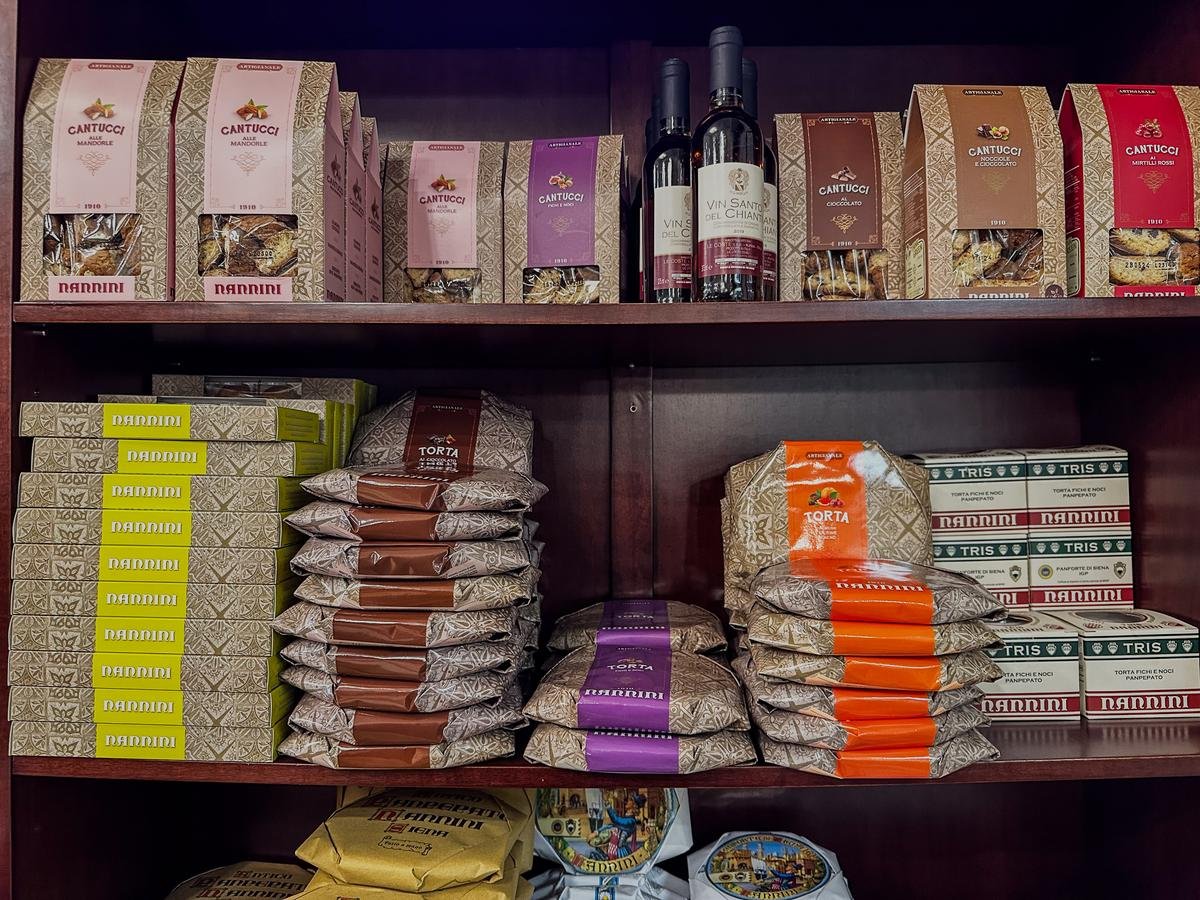

What would a vacation to Italy be without indulging in some fine eats? You’ll be pleased to know that Siena is one of the best places to sample Tuscan cuisine. Siena is famous for a kind of cookie called Ricciarelli.
Beyond that, the main staples around here revolve around hearty peasant dishes, fresh pasta, and pork, with zesty meaty sauces like wild boar ragu. You can also find abundant Florentine steaks here, which I thoroughly recommend washing down with some of Tuscany’s delicious red wine.
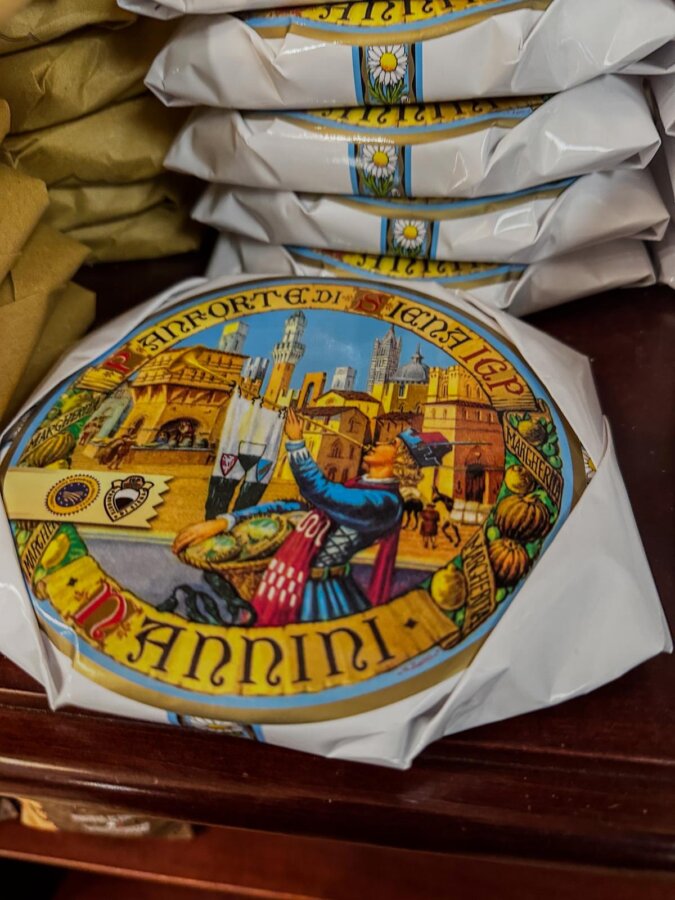

And if you’re looking to sate that sweet tooth, Siena is famous for it’s baked nibbles. Keep an eye out for Cantucci cookies! These traditional almond nibbles are to die for!
Related Resources


